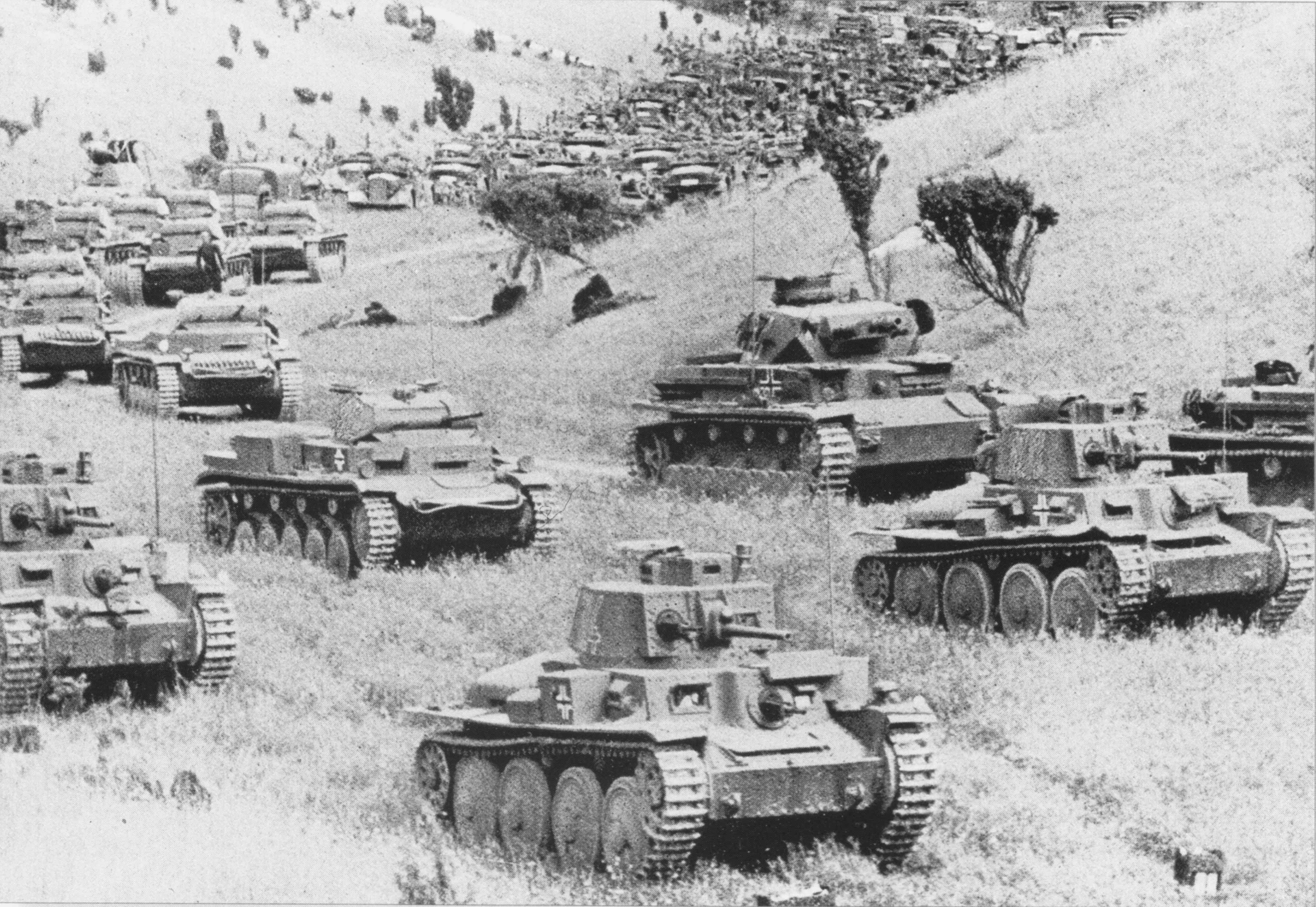The Legacy of the Panzer Division: A Historical Overview
12/07/2024

The term "Panzer Division" evokes images of relentless armored warfare, strategic brilliance, and the tumultuous battlegrounds of World War II. These formidable units, integral to Nazi Germany's military strategy, left an indelible mark on the annals of military history. Let's delve into the origins, structure, and impact of the Panzer Division.
Origins and Development
The concept of the Panzer Division emerged during the interwar period in Germany, a time marked by military innovation and technological advancement. The Treaty of Versailles had severely restricted Germany's military capabilities after World War I, but clandestine developments in armored warfare persisted. German military theorists like Heinz Guderian envisioned rapid, mobile warfare centered around armored units capable of striking deep into enemy territory—a vision that would shape the future Panzer Divisions.
By the late 1930s, under Adolf Hitler's rearmament program, the Panzer Divisions began to take shape as formidable formations within the Wehrmacht, Germany's armed forces. These divisions were meticulously organized, combining tanks, mechanized infantry, artillery, and supporting units into a cohesive and devastating force.
Structure and Composition
A typical Panzer Division was structured around a core of armored units, primarily consisting of tanks—such as the iconic Panzer III and IV—as well as reconnaissance units, motorized infantry, and artillery. Each division was designed for maneuverability and firepower, emphasizing swift, coordinated attacks to exploit weaknesses in enemy defenses.
Command and control were central to the Panzer Division's effectiveness. Skilled officers and NCOs (non-commissioned officers) led small, highly trained units capable of independent action, often supported by air cover and logistical units to sustain operations deep behind enemy lines.
Combat Effectiveness and Tactics
During World War II, the Panzer Divisions spearheaded some of the most significant military offensives, from the Blitzkrieg campaigns in Poland and France to the Eastern Front against the Soviet Union. Their tactics emphasized speed, surprise, and overwhelming force, aiming to disrupt enemy lines and encircle opposing forces before they could react.
At the Battle of France in 1940, Panzer Divisions demonstrated their effectiveness by swiftly advancing through the Ardennes Forest, outflanking Allied defenses and achieving decisive victories. In subsequent campaigns, especially on the Eastern Front, they faced grueling battles against Soviet forces but continued to play a critical role in offensive operations and defensive maneuvers.
Legacy and Impact
The legacy of the Panzer Division is complex and controversial. While their operational successes showcased the potential of armored warfare, they also became synonymous with the horrors of mechanized warfare and Nazi aggression. Their effectiveness spurred other nations to develop their own armored doctrines and influenced military strategies for decades.
Today, the study of Panzer Divisions remains crucial for understanding the evolution of armored warfare and the interplay between technology, tactics, and strategy in modern conflicts. The lessons learned—from the importance of combined arms tactics to the vulnerabilities of highly mechanized forces—continue to resonate in military education and historical analysis.
In conclusion, the Panzer Division stands as a testament to both innovation and devastation in the annals of military history. Their impact, though controversial, cannot be denied, shaping the course of World War II and leaving an enduring mark on the theory and practice of modern warfare.